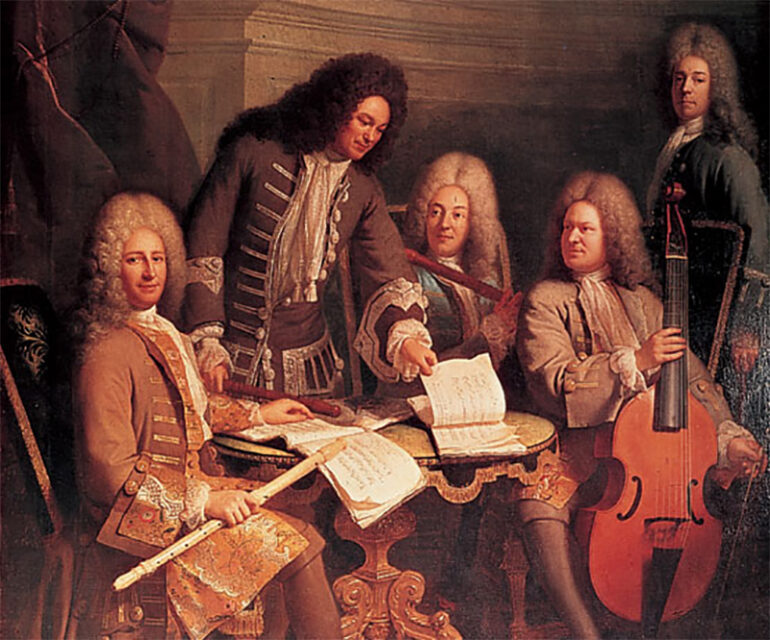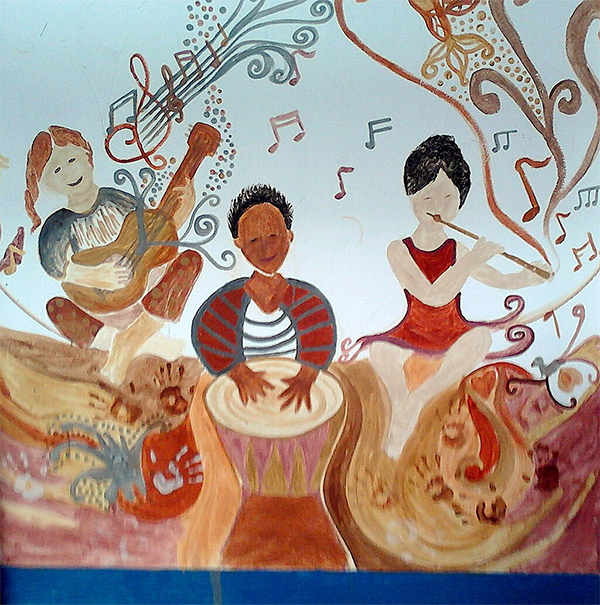For centuries, art and music have been intricately intertwined, inspiring and complementing one another. This connection has lasted from antiquity to the Renaissance and beyond. Music’s melodies and rhythms are used by artists to generate dynamic pictures that strongly connect with viewers. Art and music combine to produce an immersive experience that allows listeners to interpret music in novel ways. This essay will explore the history of music and art and look at their long-term impact.
The Historical Connection: Tracing the Roots of Music and Art Collaboration
Audiences of all ages and cultures have long been captivated by the intimate interaction between music and art. This connection has spanned ancient cultures to the Renaissance and beyond. Musicians are pictured in ancient Egyptian hieroglyphics. Michelangelo and Leonardo da Vinci, for example, cooperated with musicians to produce melodic compositions that defied convention. These historical occurrences demonstrate how music and art may inspire and develop one another, highlighting their ongoing interdependence.
Harmonious Expressions: Examining the Influence of Music on Visual Art
Music’s melodies and rhythms have long inspired artists to create intriguing works. Many historical creative inclinations demonstrate how music influenced visual art. Wassily Kandinsky and other twentieth-century abstract expressionist painters worked hard to capture music in their vivid and powerful works. Vibrant colors, rhythmic brushstrokes, and flowing patterns that mimicked the harmonies and cadences of music created a visual symphony that conveyed to viewers. Music and art may be used by creators to express sound and to create a visual language that interacts with viewers.
Visualizing Sound: Exploring the Intersection of Music and Abstract Art
The non-representational forms and subjective impressions of abstract art allow for the investigation of music-visual expression. Abstract painters have attempted to capture sound in order to depict the intangible. Abstract artists use forms, colors, and textures to portray the feelings of music. The flowing motions and creations of abstract art resemble the rhythms and harmonies of music. This mutually beneficial collaboration enables audiences to feel the force of music through the visual medium, resulting in an immersive multi-sensory experience that defies traditional limits.
The Art of Musical Portraits: Capturing the Essence of Music through Visual Representation
Artists have traditionally made musical portraits to capture the spirit of music. These artistic works portray music’s emotions, tones, and stories. Musical portraits capture the soul and vitality of a piece of music in the same way as a portrait artist captures a subject’s likeness and personality. Color, brushstroke, and arrangement are used by artists to allow viewers to experience the melodies and harmonies. By combining the aural and visual domains, these graphic representations allow listeners to engage with music in new and exciting ways.
It is clear from following the historical development of music and art that these two domains have had a close and long-lasting relationship. Artists and musicians have worked together to produce harmonic compositions that cross conventional boundaries from the dawn of civilization and up into the Renaissance. Many creative movements demonstrate how music influences visual art, and abstract art offers a special forum for examining the relationship between music and visual expression. Artists convey the expressive power of sound via brilliant colors, rhythmic brushstrokes, and flowing shapes, providing spectators with an immersive multi-sensory experience that goes beyond conventional bounds. These creative projects invite viewers to interact with music in a fresh and engaging way by acting as links between the visual and aural domains.
Photo Attribution:
1st & featured image by https://commons.wikimedia.org/wiki/Category:Music_in_art#/media/File:Musicalreligion.jpg
2nd image by https://commons.wikimedia.org/wiki/Category:Music_in_art#/media/File:Tendal_da_Lapa_03.jpg

